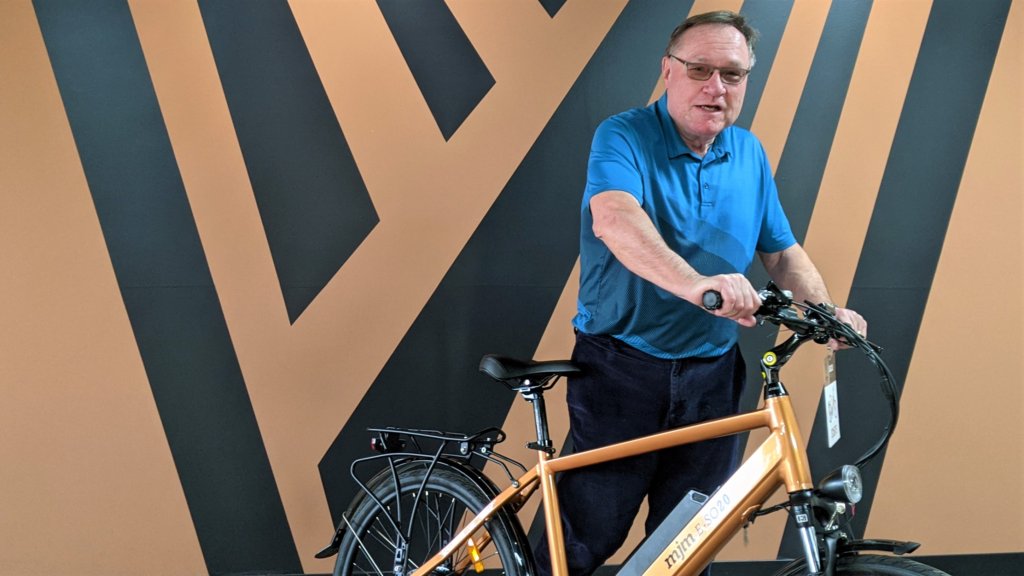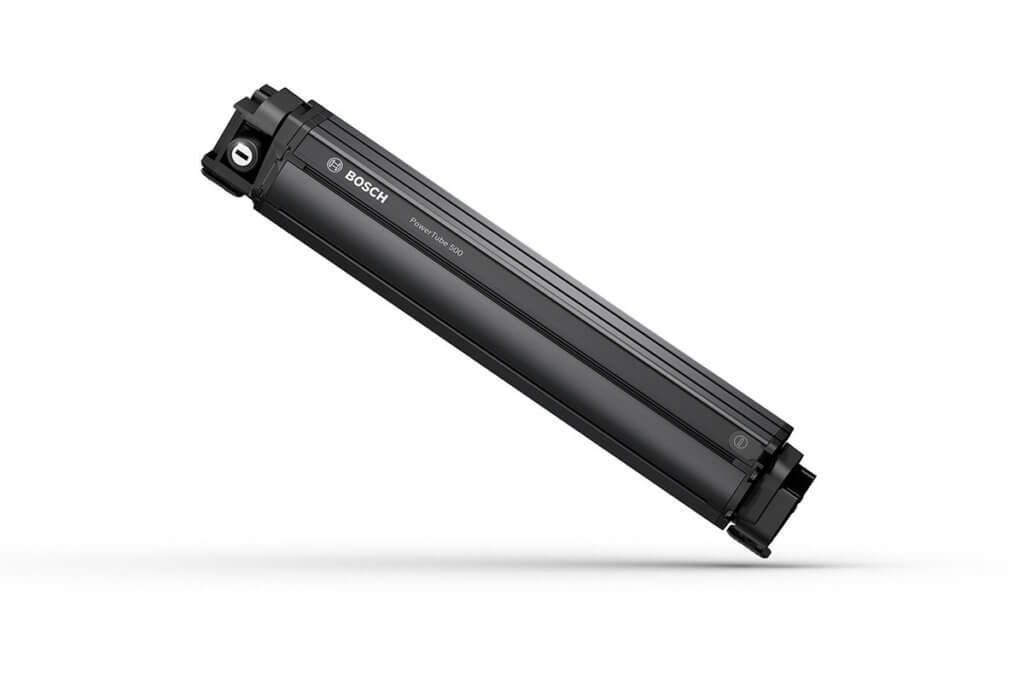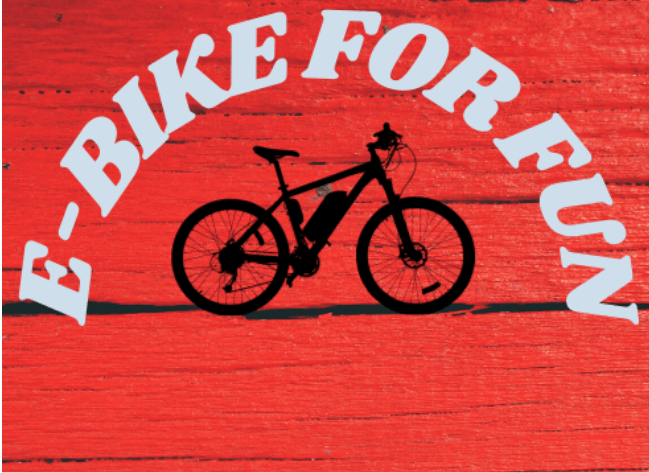If you read the ten tips for buying your first e-bike post and understand how e-bikes are regulated in Canada, you now have a good idea what you want in your first e-bike. This means its time to start looking for the perfect bike.
This post will outline the decisions I’m making in my search to help reduce the number of bike choices for my wife and myself. These decisions are based on my research and past experience buying big ticket items. While you may have some additional ones that are important for you, I think the decisions detailed below will be helpful in your search.
Decision One: New or Used?

Having determined how we will use our e-bikes and the price range we are comfortable with, we can narrow our preferred bike. For us, this is a hybrid style of bike. This means the first decision is – buy an used bike versus buy a new one?
While most review websites like Electric Bike Reviews focus on the latest models, there is limited information on buying used e-bikes. Based on a review of past buyer feedback, I have identified pros and cons for each option to help you in your search.
| Used E-bike | Pro | Con |
| • Can be less expensive • May be able to find higher quality bike than equivalent new model • Available now, no waiting to take possession | • Can be difficult to find exact bike you want • Demand is high so used bikes may not be much cheaper • Warranty may not be transferrable • Wear and tear • Battery life may be an issue • May not be serviceable at local bike shops • May be stolen bike |
|
| New E-bike | Pro | Con |
| • Newest technology • Manufacturer warranty • Choice of brands or models • Can find type of bike wanted • Can choose bike that can be serviced locally | • Higher cost • Not all new bikes can be serviced locally • Limited warranty by some manufacturers • Demand is high so long wait possible • Choice limited for some models due to high current demand |
As the decision to buy a new or used first e-bike is a personal one, there is no one right answer. This means your risk tolerance, flexibility, and amount of time you want to spend searching for that perfect first e-bike will determine the right choice for you.
Based on our need to buy two compatible bikes, we started our search looking at new e-bike options. While buying a used bike is not out of the question, it is not our first preference.
However, I am also keeping an eye on used bike sites like Facebook Marketplace, local bike Buy and Sell sites and Kijiji. As well, there is the option of buying a demo unit from a local bike shop or a well maintained rental bike.
Decision Two: Local Bike Shop or Online?
This is a topic that evokes strong opinions for either option. As this EBR forum on buying a used e-bike demonstrates, there isn’t one correct answer. We all have had good and bad experiences buying products on Amazon or other online sites. Based on this experience, it shouldn’t be a surprise there is a range of opinions which is better – buying online or at a local bike shop.
For me, buying our first e-bikes is an expensive upgrade from our existing bikes. Being somewhat old school, I think it is important to see and ride a variety of brands and models before buying. I want to know if the quality and riding experience warrants the cost.
There are many online bike options that will pop up on your Facebook feed as you start searching for your e-bike. And many appear to be a bargain based on the advertised price, suggested battery range or unique features. This means buying online is tempting.
But as you follow buyer reviews, several issues emerge including:
- Damaged bikes are common,
- Assembly of bikes is often required,
- After sales service is difficult to obtain or non-existent
- Ordered bikes arrive late or not at all
- Local bike shops won’t service no-name brands
Buying your first e-bike is both exciting and unsettling. You are spending a few thousand dollars on a recreational product you really want to enjoy. In my mind, it makes a lot of sense to visit local bike shops and test ride the bike you buy.
Decision Three: Battery Size

One of the most common questions new e-bike buyers ask is “how far can I go on my e-bike?” During the sales process or reading online ads, you will get a lot of wild claims about a bike’s range – 50, 100 or even more kilometers per charge.
The real answer is – it depends. It depends on your weight, hills vs flat terrain, type of bike, amount of assist you use, and what you are carrying. All these factors will impact the range of your bike.

Just as important, however, is the capacity of your battery. The battery is both the gas tank and the gas in the tank. In this case, size does matter.
The good news is its pretty easy to calculate the potential range of your first e-bike and be able to compare various e-bike options.
Calculating the range of your first e-bike
The important variables are battery voltage and battery capacity (Amp hours). Multiply these two together to calculate the total watt hours. Finally, divide total watt hours by 20 (average watt hours/mile ridden) to get a range estimate of each e-bike.
Following are some common battery ranges for quality units available from known brands such as Panasonic, Samsung, or Bosch.
| Voltage | Amp H | Watt Hours | Estimated Range - Miles/Km |
| 36V | 10 | 360 | 18 / 32.4 |
| 36V | 12 | 432 | 21 / 34.6 |
| 48V | 10 | 480 | 24 / 38.4 |
| 48V | 12 | 576 | 28 / 46 |
Bottom line –the larger your battery, the further you can go. However, your e-bike will likely cost more and be heavier.
To see how different variables impact range, try the Bosch interactive e-bike range calculator.
As a final word on batteries, all batteries have a finite life. Over time they will lose their capacity to hold a charge. Depending on the quality of the battery, it should provide between 500 to 1000 recharge cycles.
If you keep your bike for a long time, you will need to replace the battery. It is important to determine whether you can buy a replacement unit. Some of the lower cost e-bike batteries can’t easily be replaced or replacement batteries are unavailable.
Decision Four: Motor Type
As you look at various models and brands, you will quickly see that there are two main types of motors – rear hub and mid-drive. Like so much of buying your first e-bike, there are advantages and disadvantages to both.
My advice – test ride each one to see what suits you best.
In a nutshell, rear hub motors have been around the longest and are the most common type of motor. As a result, they are less expensive and often quieter than mid-drive motors. You will find these motors on lower priced e-bikes.
A hub mounted motor gives you a sensation of being pushed. Personally, I don’t like this feeling and don’t feel comfortable riding these type of bikes. The hub mounted motor also is less effective for climbing hills and can be a challenge if you need to change your rear tire.
The mid-drive motor is located in the bike crankshaft. This provides a more natural biking experience and often more torque. It is one of the reasons mid-drive motors are commonly found on e-mountain bikes.
Mid-drive motors are more expensive and do require additional maintenance. However, they are becoming more popular and are found on most mid and higher priced e-bikes.

As I’m not a gearhead, I won’t delve into a more technical explanation of motors. If you are interested in more details, check out this good description of each motor and their differences.
No discussion of motors would be complete without touching on the issue of motor size. Unlike batteries, size may not matter as much. The typical e-bike motor in Canada is between 250 to 500 watts as the legal limit is 500 watts.
Is the motor watt rating important?
The answer is yes and no. My understanding is there are two common metrics for e-bike motors – continuous power and peak performance. The continuous power is the “normal” energy used by the motor to propel the bike. Peak usage, on the other hand, happens when you go up hills and the motor is working harder to propel the bike for a short period of time.
The larger the watt rating of the motor, the more power is available. However, as the motor watt usage is controlled by the output of your battery and the bike’s controller, the motor rating is only a guide as to the amount of assist being provided.
Decision Five: All the other stuff
Finally, there is the decision of additional features or options you want to have on your new e-bike. There a range of options available including:
- Warranty – coverage, length, and transferability
- Second battery to extend the range of the bike
- Enhanced digital controller
- Built in GPS
- Cargo racks and bags,
- Front and back lights
- Smart phone holder
Some e-bike brands and models include these as standard equipment while others provide them as optional extras. Your skill at negotiating will dictate what is include in your purchase.
My goal is to find the right first e-bike to get you riding as soon as possible. As we progress with our search, I’ll provide an update in a later post on what we end up buying and a review of the process.

Great article. Really outlines each step in the decision making process. Thanks!
Thanks Joan. With so many Covid restrictions and folks having more time on their hands, I think e-biking offers a healthy and fun diversion. Especially for individuals at the end of their career or recently retired. Tried fat e-biking in the snow recently and had a blast with one of my sons and two son-in-laws.